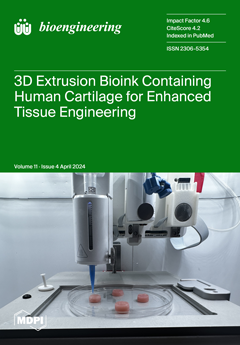Obstructive Sleep Apnea (OSA), a sleep disorder with high prevalence, is normally accompanied by affective, autonomic, and cognitive abnormalities, and is deemed to be linked to functional brain alterations. To investigate alterations in brain functional connectivity properties in patients with OSA, a comparative
[...] Read more.
Obstructive Sleep Apnea (OSA), a sleep disorder with high prevalence, is normally accompanied by affective, autonomic, and cognitive abnormalities, and is deemed to be linked to functional brain alterations. To investigate alterations in brain functional connectivity properties in patients with OSA, a comparative analysis of global and local topological properties of brain networks was conducted between patients with OSA and healthy controls (HCs), utilizing functional near-infrared spectroscopy (fNIRS) imaging. A total of 148 patients with OSA and 150 healthy individuals were involved. Firstly, quantitative alterations in blood oxygen concentration, changes in functional connectivity, and variations in graph theory-based network topological characteristics were assessed. Then, with Mann–Whitney statistics, this study compared whether there are significant differences in the above characteristics between patients with OSA and HCs. Lastly, the study further examined the correlation between the altered characteristics and the apnea hypopnea index (AHI) using linear regression. Results revealed a higher mean and standard deviation of hemoglobin concentration in the superior temporal gyrus among patients with OSA compared to HCs. Resting-state functional connectivity (RSFC) exhibited a slight increase between the superior temporal gyrus and other specific areas in patients with OSA. Notably, neither patients with OSA nor HCs demonstrated significant small-world network properties. Patients with OSA displayed an elevated clustering coefficient (
p < 0.05) and local efficiency (
p < 0.05). Additionally, patients with OSA exhibited a tendency towards increased nodal betweenness centrality (
p < 0.05) and degree centrality (
p < 0.05) in the right supramarginal gyrus, as well as a trend towards higher betweenness centrality (
p < 0.05) in the right precentral gyrus. The results of multiple linear regressions indicate that the influence of the AHI on RSFC between the right precentral gyrus and right superior temporal gyrus (
p < 0.05), as well as between the right precentral gyrus and right supramarginal gyrus (
p < 0.05), are statistically significant. These findings suggest that OSA may compromise functional brain connectivity and network topological properties in affected individuals, serving as a potential neurological mechanism underlying the observed abnormalities in brain function associated with OSA.
Full article






